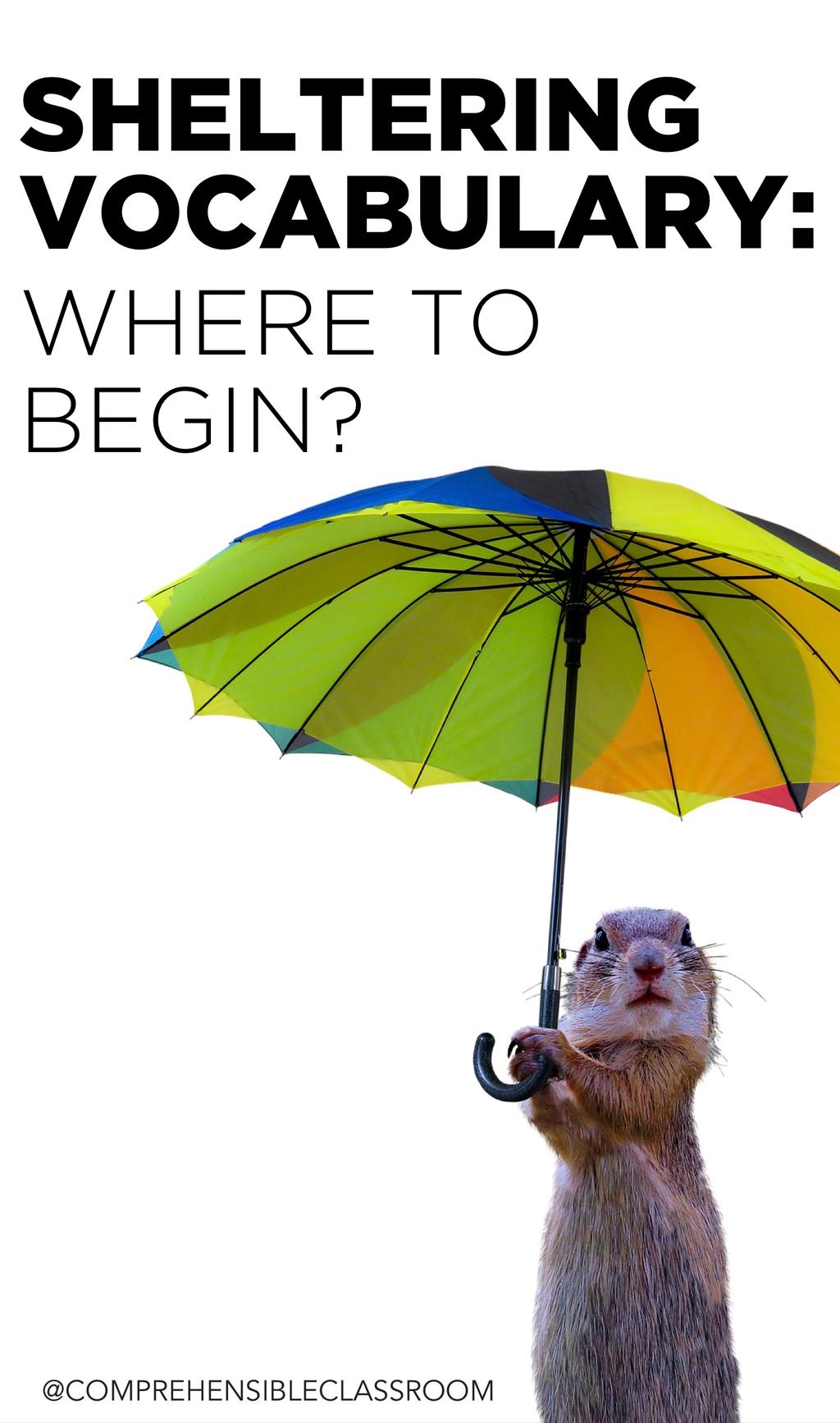The goal of every language teacher is for their students to speak the language. We want our students to be able to talk about all kinds of topics and accomplish all kinds of purposes, talking to all kinds of people.
But HOW???
Language is acquired, not learned.
We don't actually learn language by speaking; nor do we learn language by... well... learning. Language is acquired–not learned–and language acquisition is subconscious. We acquire language effortlessly, naturally, without thinking, as our brains process linguistic input.
We acquire language by reading and listening to language that our brains are able to process; meaning, by reading and listening to language that we are able to make sense of: language that is comprehensible.

If you are a Spanish teacher that wants to expose your students to vast quantities of reading and listening material in class, you might wonder Where do I begin?
In order to keep input comprehensible and talk about lots of things in class, you need to equip your students early on with verbs that pack a big punch: verbs that can be used to talk about a wide range of things. High frequency verbs. But what are they, and how can you use them strategically in class?
THE SUPER SEVEN VERBS
Terry Waltz pulled together seven words that--in any language--will allow you to communicate in the greatest number of contexts:
- LOCATION (to be at a place)
- EXISTENCE (there is/there are)
- POSSESSION (to have)
- IDENTITY (to be)
- PREFERENCE (to like/dislike)
- MOTION (to go)
- VOLITION (to want or feel like)

Terry provides more information about the development of the Super Seven (TM) and many useful insights into language teaching in her excellent manual, TPRS With Chinese Characteristics (a must-read for any language teacher!). You can purchase it here!
The Super 7 Verbs in Spanish
In Spanish, the Super 7 Verbs are:
- está
- hay
- tiene
- es
- (no) le gusta
- va
- quiere
THE SWEET SIXTEEN VERBS
Mike Peto expanded Terry's Super Seven Verbs into the Sweet Sixteen Verbs, and he describes the importance of focusing on high frequency vocabulary and introduces the Sweet 16 in this post.

HOW TO USE THE SUPER 7 AND SWEET 16 VERBS
Not to burst your bubble--but truly, this is the wrong question. No strategy is required to use these verbs! Being high frequency terms, by nature these words are unavoidable. It would take strategy to not use them in conversation!
A better question is, how do I limit (shelter) vocabulary when students are first starting out in language classes? How do I ensure that I am not washing students away with a flood of unfamiliar words?

HOW TO SHELTER VOCABULARY
Helping teachers practice the skill of sheltering vocabulary is a core component of many of my workshops. Here are five tips for getting started:
- Simplify ideas -- get rid of superfluous details!
- Use cognates
- Use proper nouns
- Use negation (instead of saying "it's easy", you could say "it's not difficult" (difficult is a Spanish/English cognate)
- Look for synonyms that are high frequency or are cognates
One exercise that I like to use to develop this skill is having workshop participants write a short story using ONLY the Super Seven verbs, proper nouns, obvious cognates, and articles and simple conjunctions (the, a, and, then, because). It sounds easy enough, but when you put pen to paper, you'll find that extreme sheltering of vocab is much more challenging than it seems at the outset.
I highly recommend giving this a try and then offering the story you wrote to your students early on in the year--how easy to understand is it for them?




